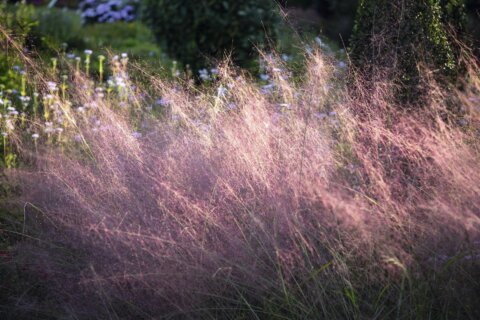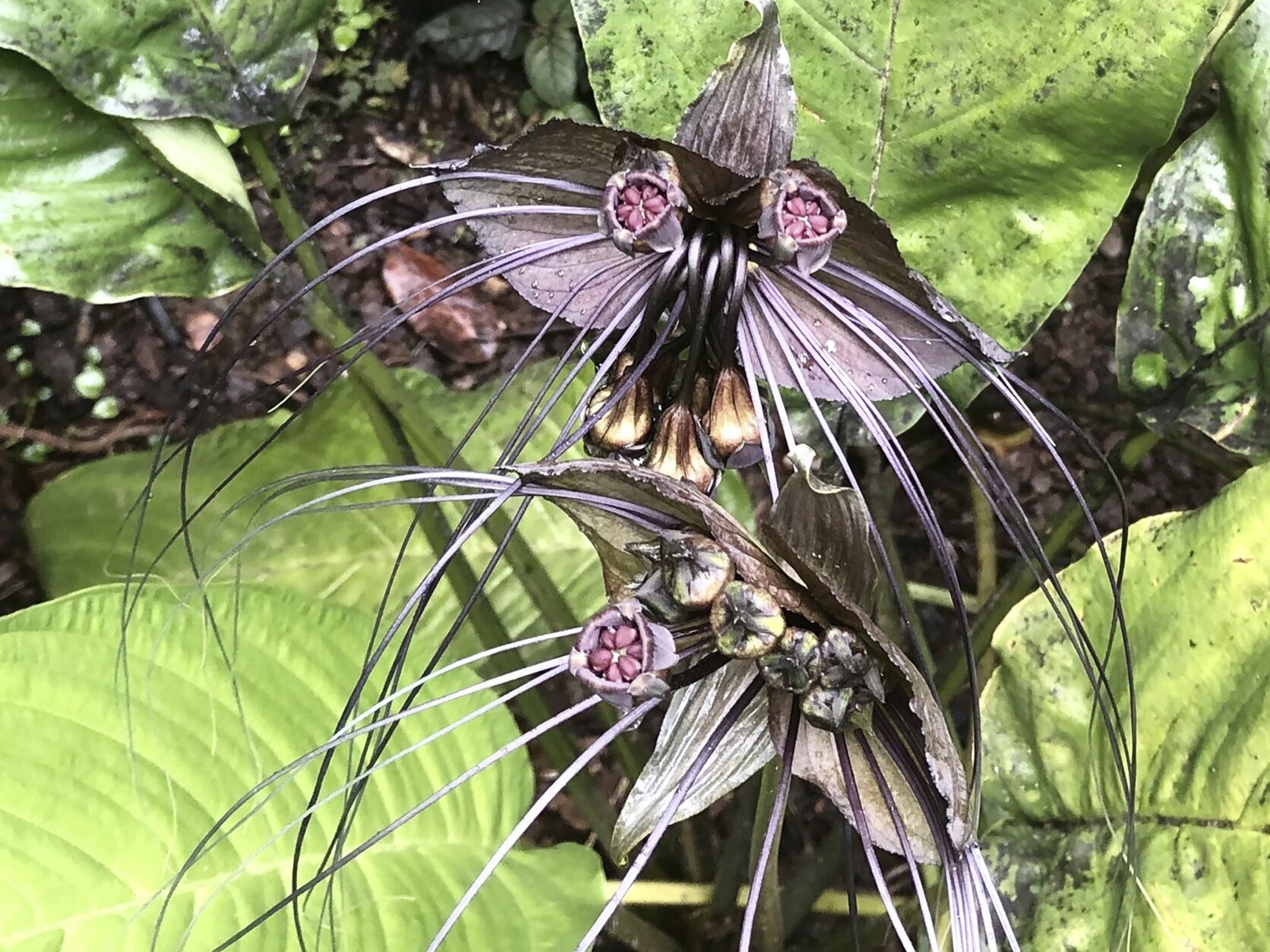
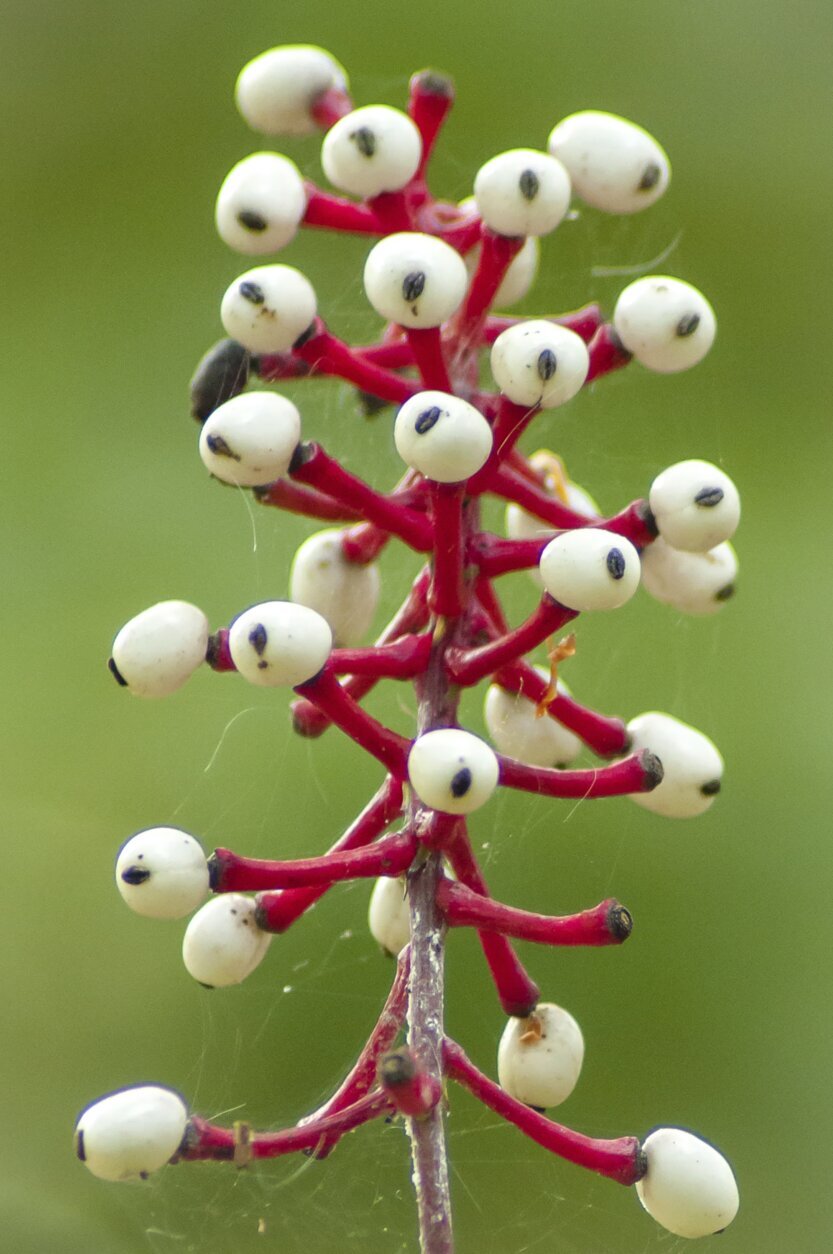
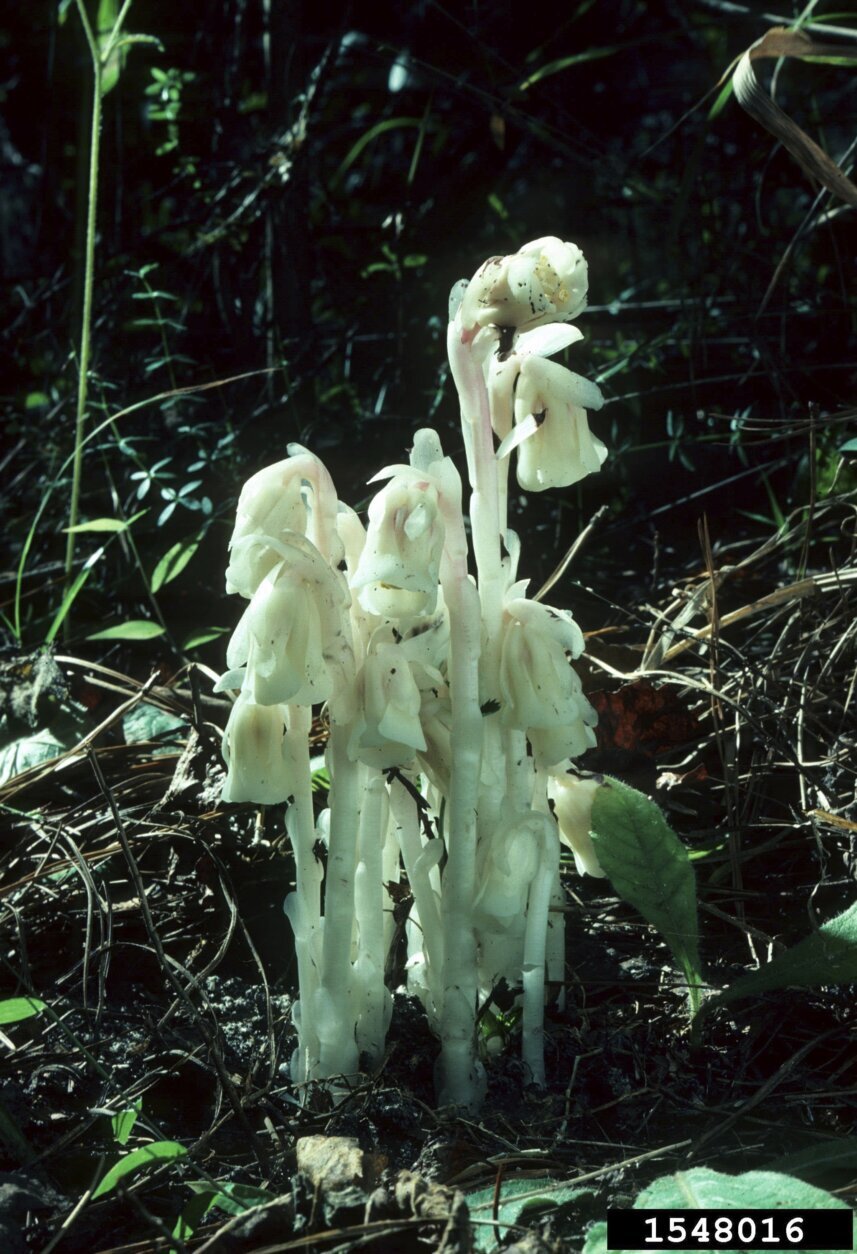
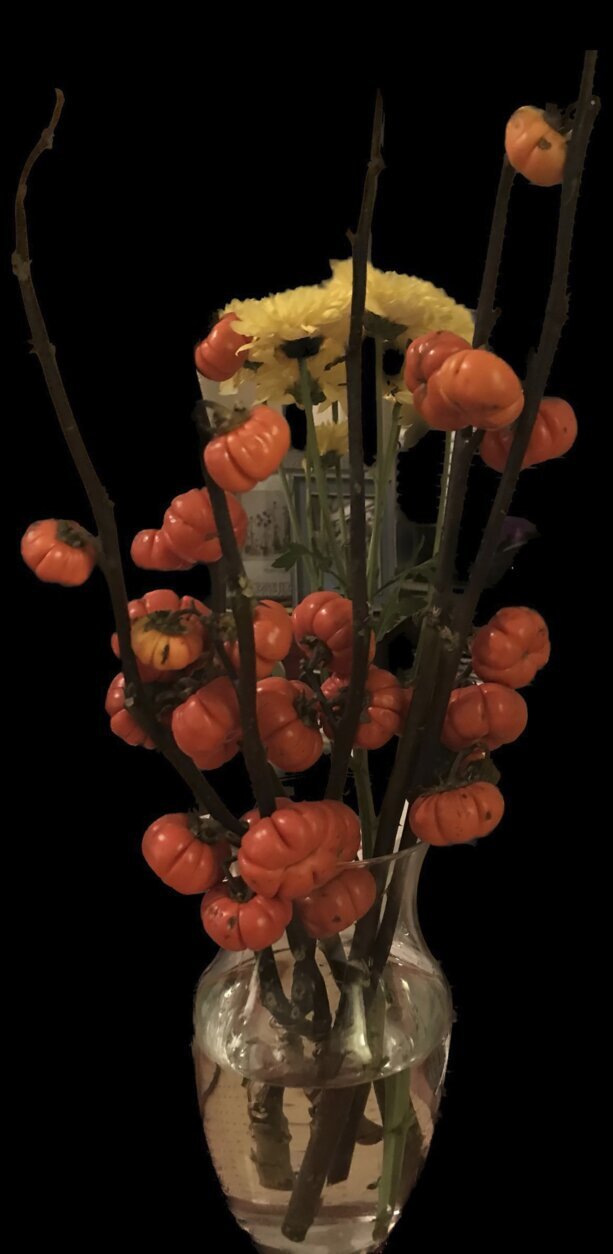
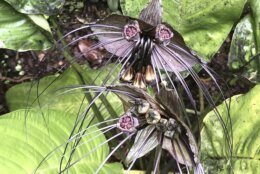
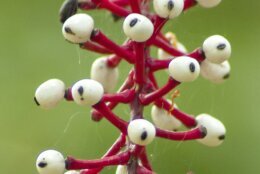
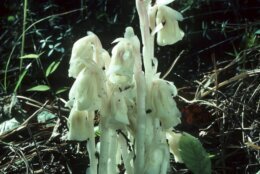
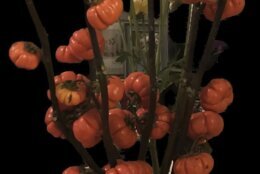
Think you’re ready for Halloween? Like me, you might have a pumpkin on the porch, a scarecrow by the lamppost and enough candy to guarantee leftovers, but do you have any spooky plants in your garden?
Probably not. And that’s too bad. We tend to think about spring by planting plenty of tulips, daffodils, hyacinths, crocuses and pansies. Summer is well planned, too, with blooming perennials, fruits, vegetables and hanging baskets brimming with annuals. So why is it that when we think of Halloween – the day that likely sees more visitors on our doorsteps than any other on the calendar — all that comes to mind are mums, sedums and whatever perennials are kind enough to stick around?
There are plenty of seasonally appropriate near-black and gothic plants to delight those little ghosts and goblins — and ourselves. And we don’t need to overhaul the whole garden: Tucking just a few of these living decorations into beds or containers will do the trick. And that’ll be a treat for everyone.
PUMPKIN ON A STICK (Solanum integrifolium)
These low-maintenance, seasonally perfect plants are actually not pumpkins at all. They’re ornamental eggplants, grown over summer and harvested in fall, when their fruits, which grow along their stems, turn orange. They’re best started from seed indoors in late winter or early spring and moved into the garden whenever tomatoes and eggplants are set out in your region. Place cut stems in a water-filled vase, where they’ll hold up to two to four weeks, or clip off individual “pumpkins” to fill a bowl for a lovely autumn centerpiece. For a longer-lasting decoration, remove leaves and hang stems upside down in a cool, dry spot with good air circulation until fruits shrivel and deepen in color.
BAT FLOWER (Tacca chantrieri)
A member of the yam family, this subtropical plant also looks like something it’s not: an orchid. Grown as a houseplant in regions that don’t experience frosts and freezes, its flowers resemble bats in flight. And just like vampires, they don’t like direct sun.
GHOST PLANT (Monotropa uniflora)
Also known as “Indian pipe,” this eerie North American and Asian native thrives in deeply shaded forests and can grow in complete darkness. The plant doesn’t produce any chlorophyll, which makes other plants green, so its stems are ghoulishly white. Leave them in the ground, though, because if you pick them, they will turn black.
DOLL’S EYE PLANT (Actaea pachypoda)
Also known as white baneberry, this creepy plant’s red stems bear white berries with deep purple “pupils” in their centers, so it looks like it’s watching your every move. But it gets even scarier: If you touch this toxic North American native, your skin may blister. Have a taste, and you might die. Proceed with caution. (Better yet, maybe skip this one.)
DRESS THE GARDEN IN BLACK
Although there aren’t any truly black plants, many deep purple ones will fit the bill. Consider black mondo grass; Black Knight, Primo Black Pearl, Grand Black or Obsidian coral bells; Chocoholic or James Compton snakeroot; Black Lace elderberry; Onyx and Pearls, Blackbeard or Midnight Masquerade beardtongue; and Black Delight viola.
OR, KEEP IT SIMPLE
Think simpler is better? Add some orange and black(ish) pansies in beds and planters. They’ll bloom until frost and again next spring until summer’s heat kills them off.
—-
Jessica Damiano writes the award-winning Weekly Dirt Newsletter and regular gardening columns for The AP. Sign up here to get weekly gardening tips and advice delivered to your inbox.
—-
For more AP gardening stories, go to https://apnews.com/search?q=gardening#nt=navsearch
Copyright © 2024 The Associated Press. All rights reserved. This material may not be published, broadcast, written or redistributed.

